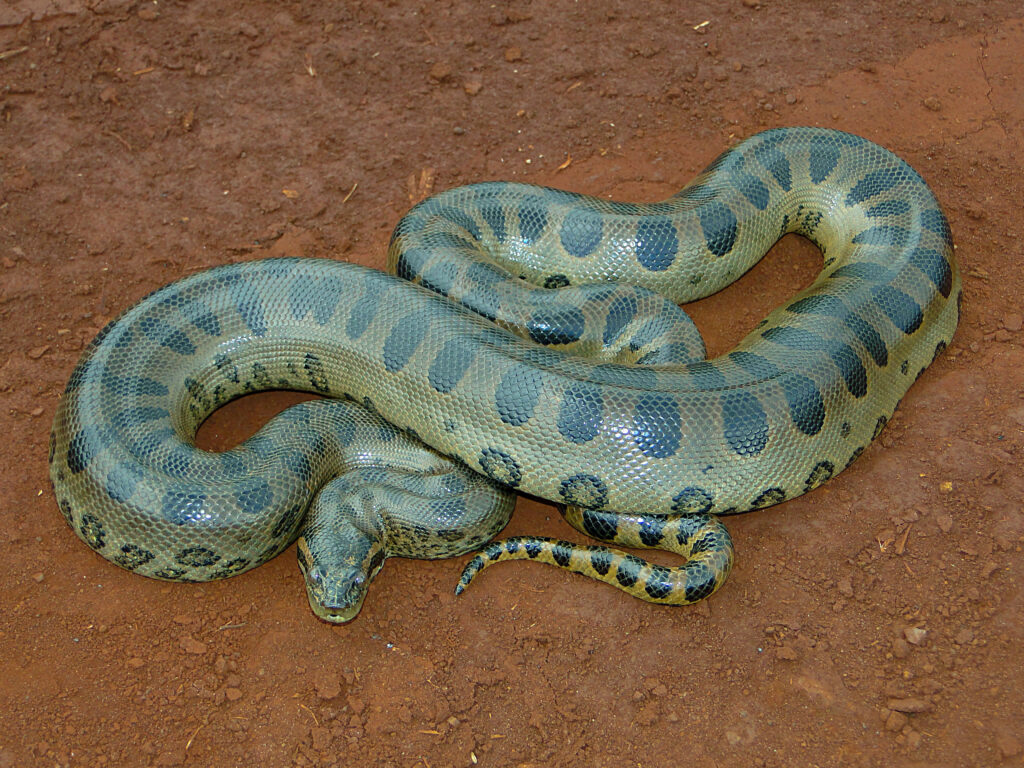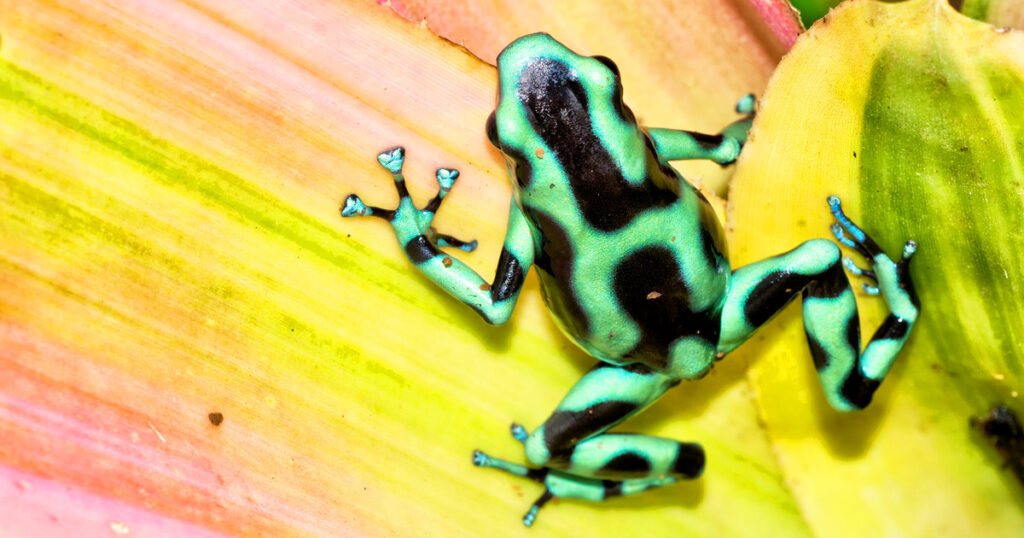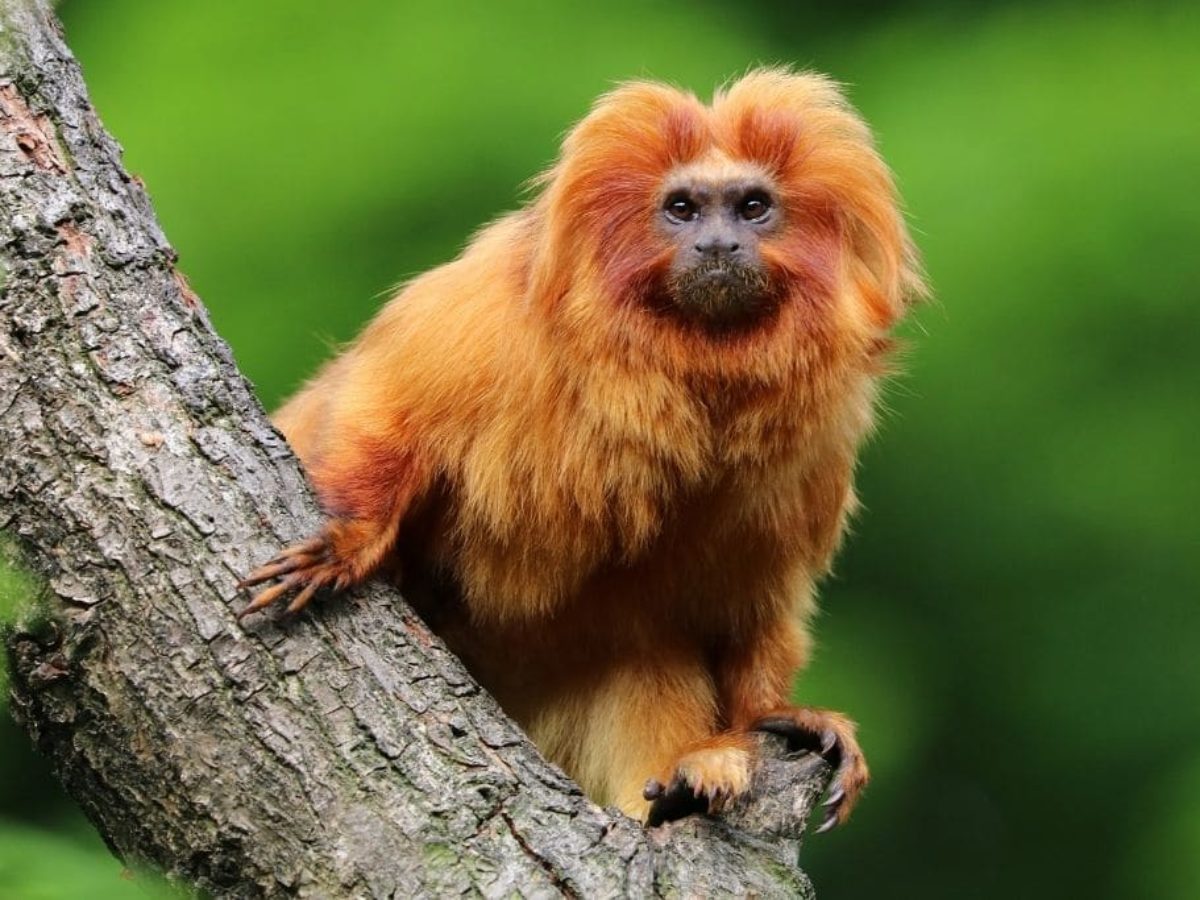The Amazon Rainforest is a world unto itself, bursting with life forms most of us can barely imagine. Covering approximately 40% of South America and home to 10% of all known species, the Amazon is often referred to as the “lungs of the Earth.” Beyond its iconic image of lush greenery and towering trees, this incredible ecosystem houses some of the most fascinating and unique wildlife on the planet.
Today, we’ll explore five of the most remarkable wild animals that call the Amazon their home. From the mighty jaguar to the dazzling scarlet macaw, these creatures not only captivate our imaginations but also play vital roles in their ecosystem. By the end of this post, you’ll have a deeper appreciation for these extraordinary animals and the critical need to protect their habitat.
Jaguar

The Apex Predator of the Amazon
The jaguar, the largest cat in the Americas, is a symbol of power and stealth. Known scientifically as Panthera onca, this majestic predator is easily recognized by its striking golden coat dotted with black rosettes.
Habitat and Behavior
Jaguars are solitary animals, often found in dense rainforest areas along riverbanks, where their keen swimming skills are put to good use. Equipped with one of the strongest bites in the animal kingdom, they are capable of crushing the skulls of their prey in one swift motion.
Diet
Jaguars are opportunistic feeders, preying on over 85 different species. From capybaras to caimans, they adapt their diet based on availability, showing their incredible resilience in the wild.
Conservation Status
Sadly, jaguars face significant threats due to deforestation, climate change, and illegal poaching. Conservation groups like WWF and the Panthera Jaguar Corridor Initiative work tirelessly to protect their shrinking habitat.
Green Anaconda

A Colossal Serpent
The green anaconda, the world’s heaviest snake, invokes both fear and awe. Stretching up to 30 feet in length and weighing over 500 pounds, this snake is a true giant of the Amazon.
Behavior and Hunting
Anacondas are non-venomous constrictors, meaning they suffocate their prey rather than relying on venom. Their diet includes fish, birds, caimans, and even small deer, showcasing their incredibly diverse menu.
Myths and Facts
Contrary to dramatic depictions in movies, green anacondas rarely attack humans. They are shy, reclusive animals that avoid confrontation unless provoked. Understanding their true nature helps dispel harmful misconceptions.
Scarlet Macaw

A Feathered Jewel
Bright red, yellow, and blue feathers make the scarlet macaw a visual highlight of the Amazon. These intelligent birds, belonging to the parrot family, are known for their social and playful personalities.
Diet and Ecological Role
Scarlet macaws thrive on a diet of fruits, nuts, and seeds. By consuming these foods and scattering seeds across large distances, they play a vital role in maintaining the Amazon’s biodiversity.
Threats
Unfortunately, macaws are highly sought after in the illegal pet trade. Combined with deforestation, this has led to a decline in their population. Promoting responsible tourism and supporting conservation efforts are crucial for their survival.
Poison Dart Frog

Tiny but Mighty
Don’t be fooled by their small size or stunning colors. The poison dart frog is one of the Amazon’s most intriguing species. Their name originates from the indigenous practice of using their toxic secretions to coat hunting darts.
Toxic Defense Mechanism
Their bright colors serve as a warning to predators, signaling their toxicity. Each species varies in its level of danger, with some potent enough to harm humans.
Ecological Significance
Poison dart frogs are more than just a colorful spectacle. They help control insect populations, maintaining the delicate balance of the forest ecosystem.
Amazon River Dolphin
The Mysterious Pink Dolphin
Known as boto in local folklore, the Amazon river dolphin is revered for its striking pink hue and high intelligence. These freshwater dolphins can grow up to 8 feet long, making them the largest of their kind.
Behavior and Communication
Amazon river dolphins are social animals, often seen in pairs or pods. They communicate using a series of clicks, whistles, and pulses, demonstrating complex social behaviors.
Threats
Pollution, habitat destruction, and accidental fishing net entanglements pose significant risks to these gentle giants. Conservation projects like those by WWF aim to ensure their survival for future generations.
People Also Ask
What is the most dangerous animal in the Amazon?
While the Amazon houses many dangerous creatures, such as piranhas, jaguars, and electric eels, danger largely depends on perspective and proximity. Most animals are not naturally aggressive toward humans unless threatened.
How many animal species live in the Amazon?
The Amazon is home to over 430 mammal species, 1,300 bird species, and millions of insects, exemplifying its status as one of the most biodiverse regions in the world.
What is being done to protect Amazonian wildlife?
Several organizations, such as WWF, Rainforest Trust, and Amazon Watch, focus on preventing deforestation, protecting wildlife corridors, and supporting indigenous communities that act as stewards of the forest.
Comparison Table of the Top 5 Amazon Animals
| Animal | Size | Diet | Conservation Status | Unique Feature |
|---|---|---|---|---|
| Jaguar | 5-8 ft, 100-250 lbs | Carnivorous | Near Threatened | Strongest bite force among big cats |
| Green Anaconda | Up to 30 ft, 500 lbs | Carnivorous | Not Evaluated | Heaviest snake in the world |
| Scarlet Macaw | 32-36 inches, 2.2 lbs | Herbivorous | Least Concern | Bright, eye-catching plumage |
| Poison Dart Frog | 1-2 inches | Carnivorous (insects) | Varies by species | Toxic skin secretion |
| Amazon River Dolphin | 5-8 ft, 400 lbs | Carnivorous (fish) | Endangered | Striking pink coloration |
Pros and Cons of Amazon Wildlife Conservation
Pros
- Biodiversity: Protecting Amazon wildlife ensures the survival of countless interconnected species.
- Ecosystem Health: Animals maintain ecological balance by performing key roles like pollination and pest control.
- Ecotourism: Wildlife conservation supports sustainable tourism that benefits local economies.
Cons
- Economic Costs: Conservation programs require significant funding and resources.
- Human-Wildlife Conflict: Protecting animals can sometimes lead to unintended challenges for local communities.
- Logistical Challenges: The vastness and inaccessibility of the Amazon make conservation efforts complex.
Why Protecting Amazon Wildlife is a Must
The Amazon Rainforest and its extraordinary animals are more than just geographic marvels. They are vital to our planet’s health and biodiversity. From the apex predator jaguar to the colorful scarlet macaw, every species plays its part in this intricate ecosystem.
But time is running out. With threats like deforestation and climate change accelerating, the responsibility lies with us to ensure their protection. By supporting organizations dedicated to Amazon conservation and educating others about the significance of wildlife, we can help secure a future where the Amazon remains thriving and resilient.
To stay updated on ways to help or learn more about Amazonian wildlife, follow our blog or consider contributing to conservation efforts actively. Together, we can make a difference.


